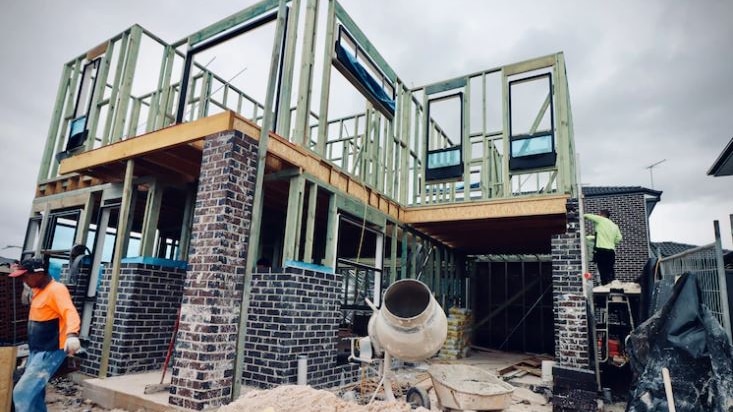Australia’s construction sector is dominated by smaller firms, with 91 percent having fewer than five employees. This proportion has more than doubled since the late 1980s, reflecting a significant shift in the industry landscape. Large construction firms, on the other hand, generate 86 percent more revenue per worker than small businesses. This disparity has raised concerns about the efficiency and productivity of smaller operators in the construction space.
Experts from the Committee for Economic Development in Australia (CEDA) and the federal government’s Productivity Commission have highlighted the potential for significant improvements in construction efficiency. Despite the growth in construction firms, productivity per hour worked in the sector has declined, posing challenges for meeting the housing demands of a rapidly growing population.
The debate over whether larger firms are inherently more efficient than smaller ones has sparked discussions among industry professionals. While some argue that smaller businesses lack the scale to achieve economies of efficiency, others point to the risk-averse nature of larger contractors as a limiting factor. Overseas research has shown a correlation between firm size and productivity, suggesting that scale plays a crucial role in driving efficiency in the construction industry.
The proliferation of small construction firms can be attributed to various factors, including the tax incentives favoring self-employment over traditional employment. Australia’s tax system offers advantages to independent contractors, leading many tradespeople to choose this route over becoming employees. These tax benefits, coupled with instant asset write-offs and other incentives, have contributed to the rise of small businesses in the construction sector.
Economist Saul Eslake has criticized what he calls “small business fetishism,” referring to the societal preference for small businesses over larger entities. This mindset has implications for tax policies and regulatory frameworks that impact the construction industry. The complexities of building approvals processes, state-based licensing requirements, and the lack of stable workflow further hinder the growth of larger construction firms.
In light of these challenges, experts recommend tax reforms, streamlined regulations, and increased investment in social housing and infrastructure to boost construction efficiency. By addressing the structural barriers that impede the growth of larger firms, the industry could unlock significant productivity gains and meet the increasing demand for housing in Australia. The construction sector’s ability to adapt to changing market dynamics and embrace innovation will be critical in shaping its future trajectory.

